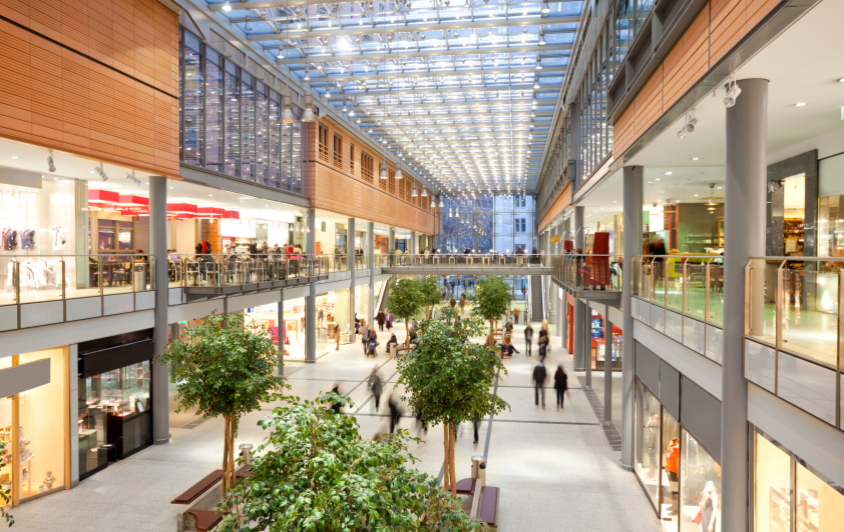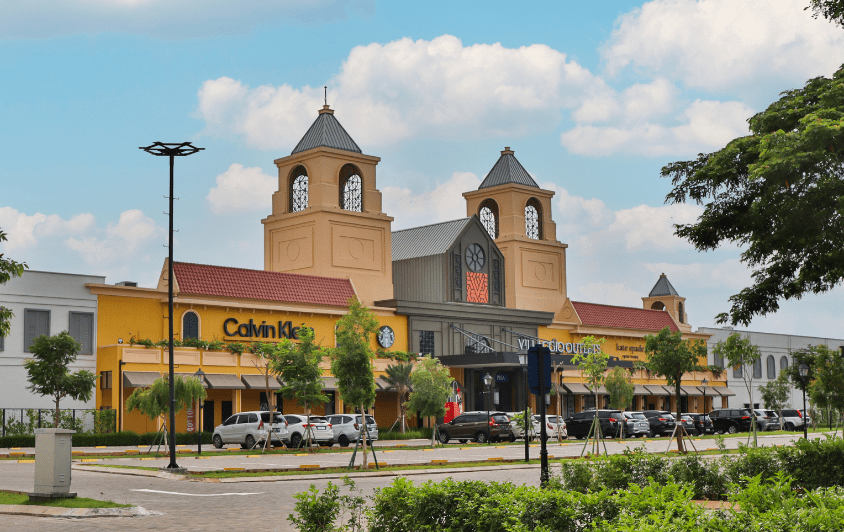Top three predictions for retailers to expect in 2022 and how to stay ahead of the curve
The lives of shoppers and the way retailers operate continue to be influenced and impacted by the global pandemic. However, brighter days are here as we are nearing a new normal. We are hopeful that we will continue to see retailer destinations respond in innovative ways to keep shoppers engaged. As we begin the year, Coniq predicts that loyalty will continue to be the key mechanism to achieving positive business outcomes – but how will that every day look for retail in 2022?
1. Rising customer expectations – retailers will re-evaluate their new normal and rising customer expectations.
At the onset of COVID-19, companies responded by adding new services and incentives to help consumers navigate the sudden challenges. For the first time, loyalty programs paused the expiration of points and extended member levels. Retailers adapted by introducing benefits like curbside pickup, buy online – pick up in-store (BOPIS), and much more, ultimately introducing shoppers to higher expectations.
With the ease of lockdowns and restrictions, we predict that not only will customers still want these benefits, but their wants and needs a be rapidly evolving too. The pandemic practices have fundamentally changed customer experiences and consequently become something customers have grown to expect from retailers. Due to the shift in shopping behaviour, retailers should not revert to pre-pandemic standards. Brands must now cement these pandemic adaptations whilst implementing even more innovative tools to keep stores open and customers happy. Some brands may not find it practicable to support all new services long-term. Still, those who can successfully shift to meet the most important customer expectations will be in a prime position to strengthen brand loyalty and cultivate brand advocates for years to come.
2. The rise of NFTS – Loyalty programs will tap into NFTs to engage and reward.
If you didn’t hear the term ‘NFT’ in 2021, you certainly will in 2022. Non-fungible tokens (NFTs) have existed for the last decade, but the sudden rise towards the end of 2021 sparked a huge online debate.
NFTs are digital assets representing ownership of unique tangible and intangible items. This can range from virtual real estate, artwork, digital clothing, sports cards, and lots more. The endless possibilities present a unique opportunity for brands and retailers to capitalise on worldwide.
In 2022, more brands will move to implement NFTs to interact with a global audience and engage with increasingly tech-hungry consumers. As this currency continues to dominate the industry, NFTs may become growingly popular in what will be seen as the best loyalty programs with the most to offer.
Loyalty programs can take advantage of new NFTs capabilities, from gamification engagement to new and exciting redemption offers. For example, a frequent high-spend customer enrolled in a tiered program at a luxury outlet may now have the opportunity to be rewarded with a unique digital NFT.
3. The Metaverse: Virtual retail real estate will encourage retailers to foster an alternate online community of shoppers.
The newest and possibly most exciting prediction for the upcoming retail year is the arrival and development of the Metaverse. The Metaverse will be unlike anything shoppers have ever experienced. People predict that the Metaverse will encourage mall operators to think beyond physical stores or recreate the shopping centre in a digital format. The Metaverse allows customers to break free from the current industrial form and function of physical stores and operate years beyond the digital shopping experiences we know today.
Although it may take years to integrate the Metaverse into society, some consumers eventually deciding to spend time shopping, socialising, working, and entertaining in the Metaverse. Many brands have already begun to adapt Metaverse like-traits to the retail experience.
L’Oréal has recently built an entire line of virtual cosmetics, and Gucci has begun selling virtual clothing, launching its Gucci Virtual 25 sneakers. With influential brands already gaining momentum, retail destinations will have to join the digital curve or potentially face being left behind with legacy engagement methods.
Each of these elements, while restricted by the technologies and systems we use today, is a small stride towards the Metaverse. Growth will come incrementally until it becomes the norm. Therefore, brands need to consider purchasing virtual real estate to increase their brand presence, with phygital experiences and products for shoppers in the virtual and physical worlds.
The takeaway
2022 will undoubtedly bring some exciting changes and developments for retailers worldwide. We predict that retailers will need to maintain shopping adaptations implemented during the pandemic to keep consumers happy whilst looking to integrate more advanced and mind-blowing shopping experiences. Retail destinations should now consider that their biggest competitors and friend will not only be rival stores or centres but evolving technologies.






